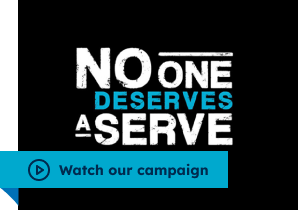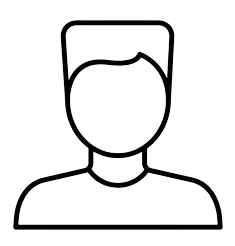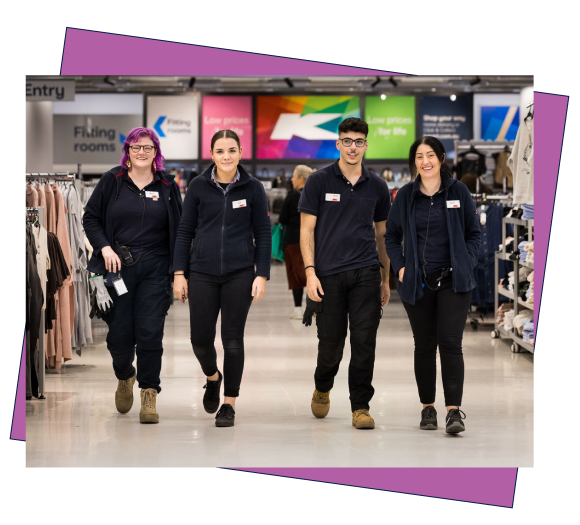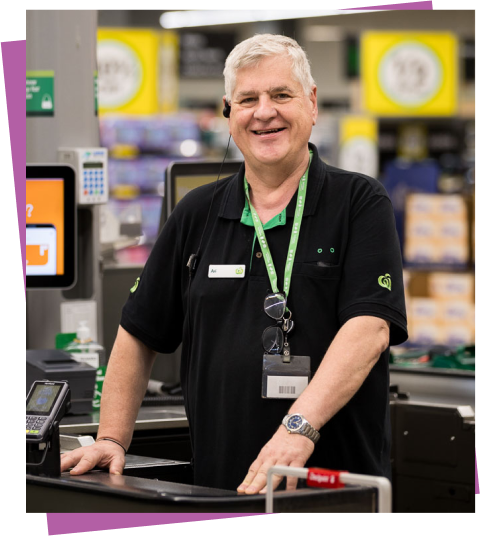Under Pressure
Retail work is getting harder and it’s taking a toll.

Understaffing, excessive workloads and customer abuse are all workplace hazards facing Australian retail workers
An SDA survey of over 11,000 retail workers as part of the SDA commissioned report Under Pressure: The Hidden Cost of Retail shows the serious psychosocial hazards facing Australian retail workers.
What’s the issue?
Retail workers across Australia are facing serious harm to their health and wellbeing because of psychosocial hazards. These are the common hazards in retail:
- Inadequate staffing
- Work overload
- Customer abuse
- Low support for supervisors
- Role conflict
These are psychosocial hazards – and they’re a serious health & safety issue.
Under work health & safety laws, your employer must keep you safe – that includes your mental and physical health.
These hazards are leading to stress, fatigue, burnout and poor mental health. The SDA’s survey of 11,000 retail workers found:
- 77% at high risk of harm
- 72% experiencing burnout
- 58% reporting very low wellbeing
- 54% dissatisfied with their jobs
- 49% intending to resign
Download the Under pressure: the hidden Cost of Retail Report
Download the UNSW Next Steps for Managing Psychosocial Risks in Retail Report
What are psychosocial hazards?
Psychosocial hazards are aspects of work that can cause psychological or physical harm. This includes:
- Mental health impacts: anxiety, depression, PTSD, sleep disorders
- Physical impacts: fatigue-related injuries, musculoskeletal disorders
Under Work Health & Safety (WHS) laws, employers have a legal duty to eliminate or minimise these risks.
How to Report Psychosocial Hazards in your store
What is the SDA doing?
To address these hazards, the SDA has developed a comprehensive 5-Point Plan:
| The SDA's 5-Point Plan | ||
|---|---|---|
| 1 | Safe staffing levels | Enough trained staff to meet demand, including replacement staff to cover absences |
| 2 | Sustainable workloads | Realistic expectations and proper breaks |
| 3 | Support for frontline workers | Training, supervision, and mental health support |
| 4 | Consultation on workplace change | Involving workers in decisions |
| 5 | Collaborative work design | Designing work that supports wellbeing |
This plan aligns with SafeWork Australia’s Code of Practice and is backed by research from UNSW.
The SDA is also taking action by:
- Engaging with employers and industry bodies
- Advocating for stronger laws and regulations
- Negotiating better protections in Enterprise Agreements
- Developing tools like the Workplace Action Plan to help workers assess safety in their stores
What should SDA members do?
- Is your workload unreasonable?
- Are you missing your breaks?
- Are you having to do two peoples tasks by yourself?
- Are there insufficient staff on to help customers?
If you answered YES to any of these questions – it could be a sign that you don’t have safe staffing levels which puts your health and safety at risk. You must report when this happens so they can be addressed in your store. You should try to provide specifics like:
- Where and when is it happening?
- Why do you think it’s happening?
- How does it affect you both physically and mentally?
- What would make it better?
Stress, burnout and abuse from customers is not part of your job.
If you’re understaffed, overworked or facing abuse — it’s a hazard.
Reporting creates a record and helps us drive change.
Talk to your SDA Delegate or Organiser. We’re here to support you and make your workplace safer.
Every worker deserves a safe and respectful workplace.
Speak up. Report hazards. Protect your health.
This is what being under pressure sounds like
"I don’t even have time to go to the toilet"
"I don’t know how to do this but there is no one around to ask"
"Customers are being abusive due to having longer wait times for service"
"They cut hours again but we still have the same work"
"Being under pressure is impacting my life at home"
"I’m missing my break again"
If you’re experiencing things like this at work – you are not alone. Many retail workers are feeling under pressure.













